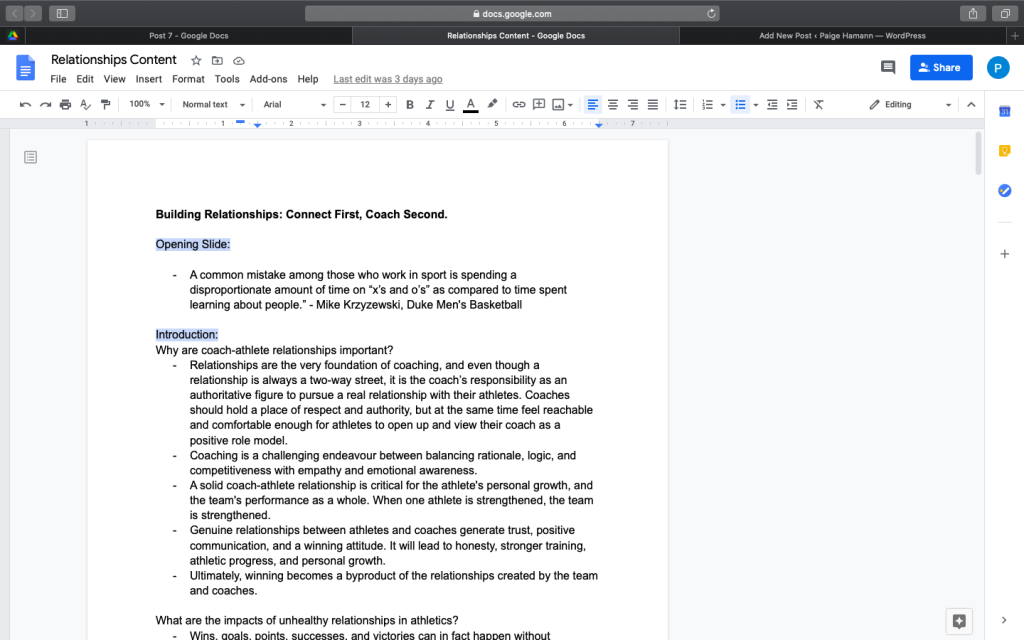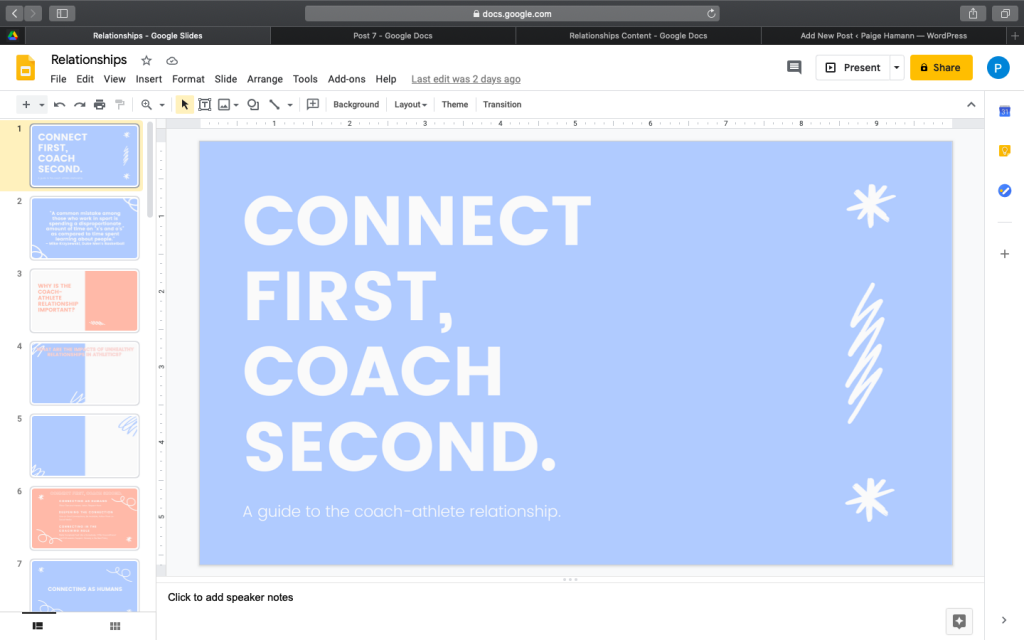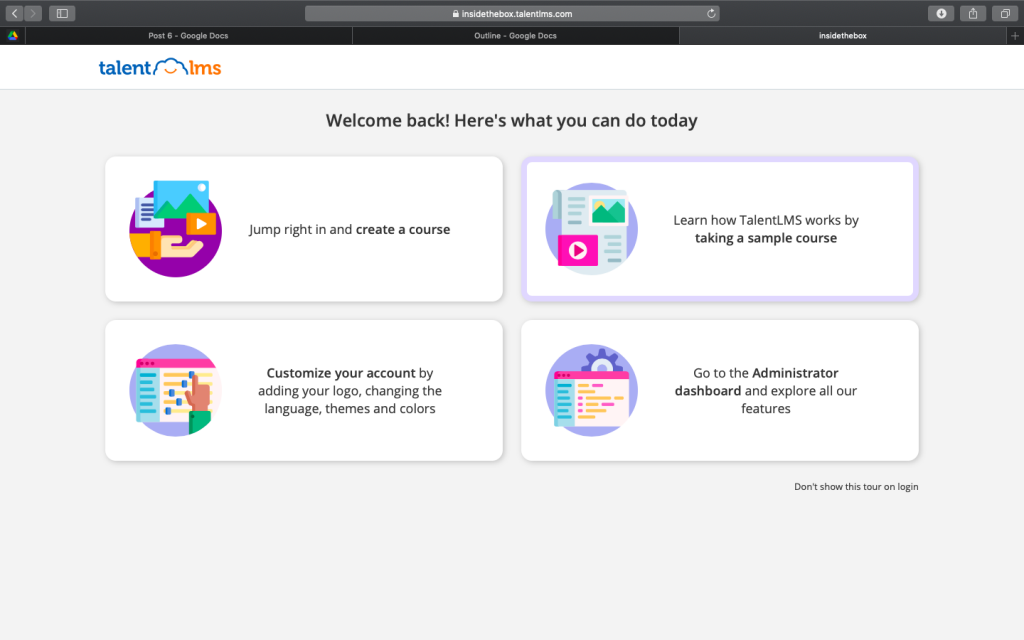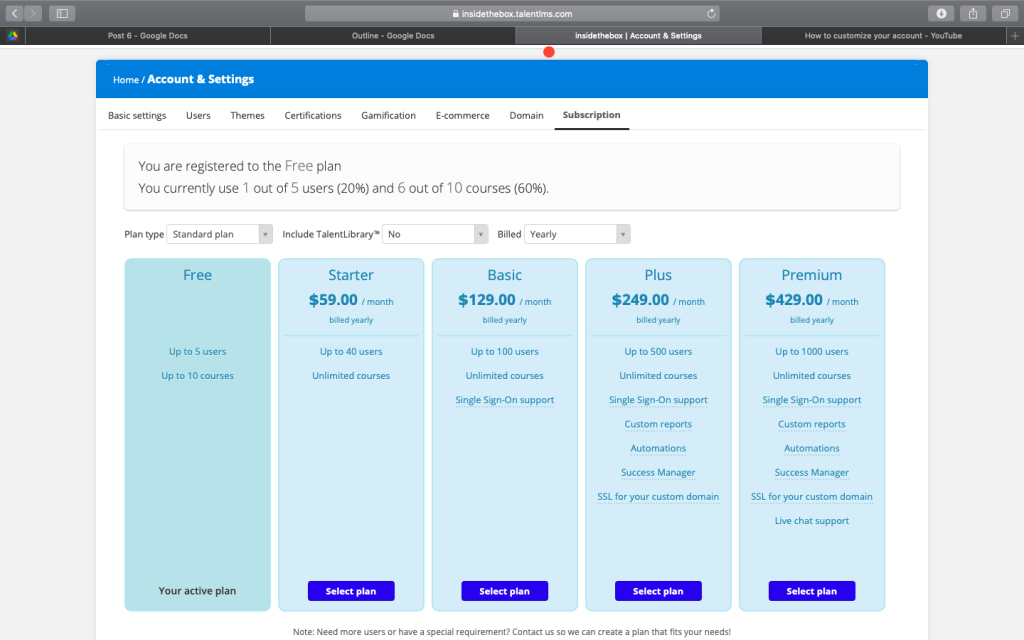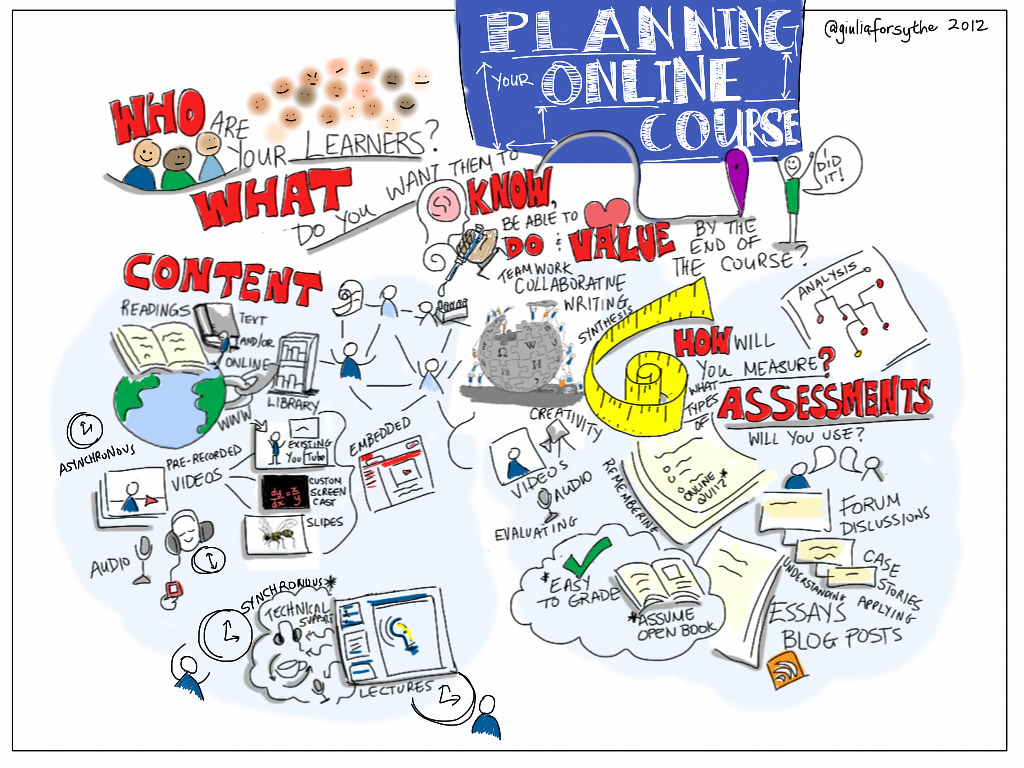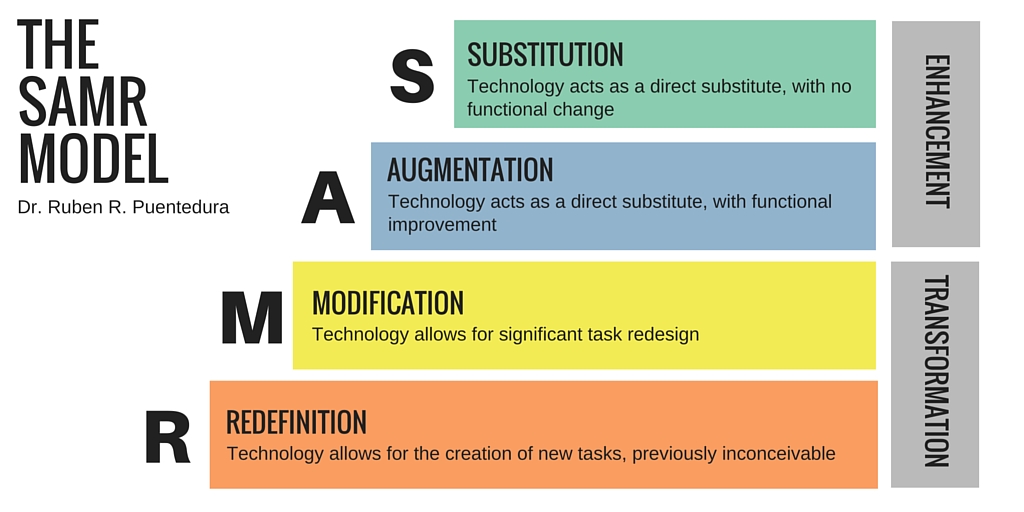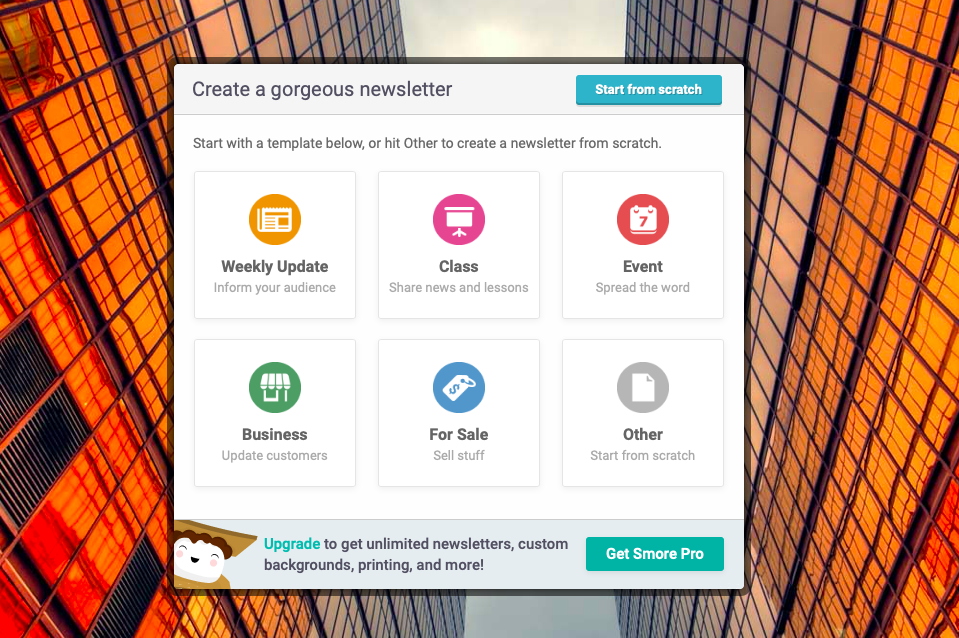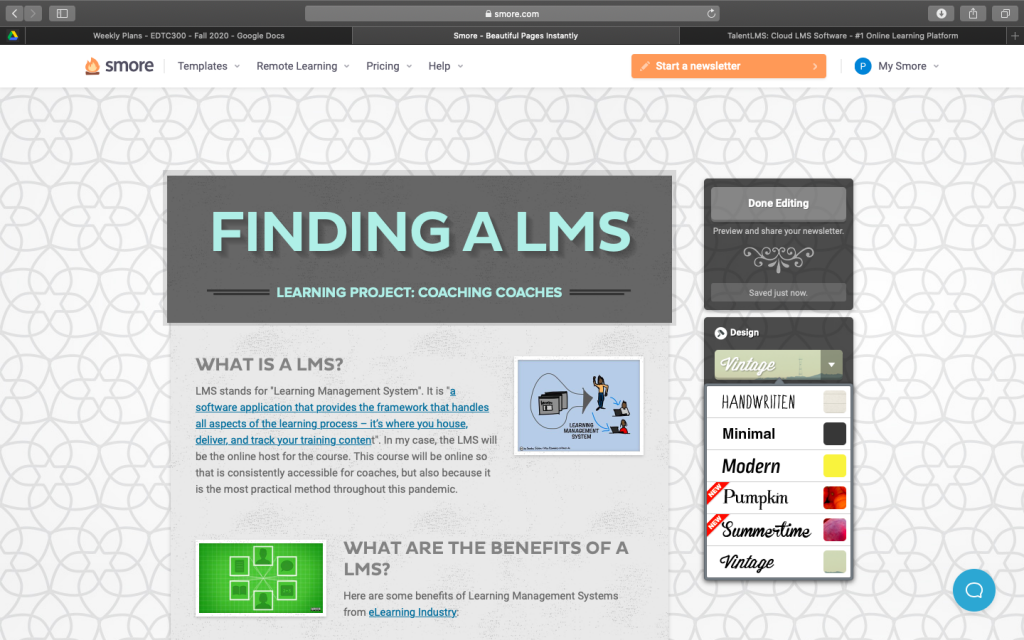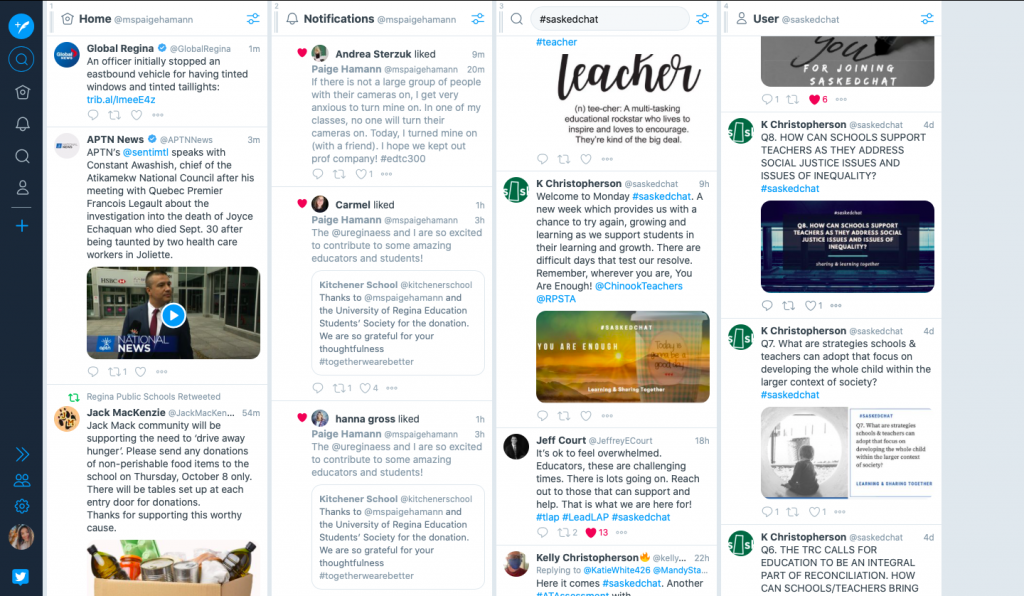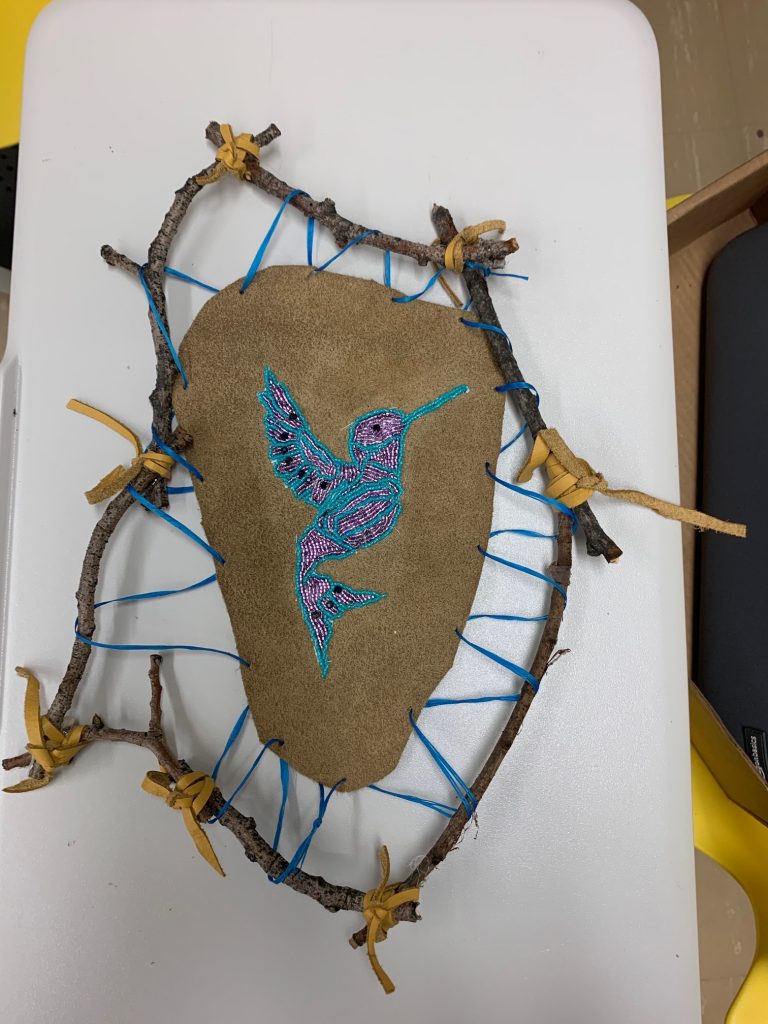My high school experience was in no way similar to those who say it was the best four years of their lives. In fact, it was extremely far from that. Of course, I do have some fond memories, although unfortunately, they do not outweigh the times of unrest. Ultimately, my main objective is that my students feel that they are enough for themselves; that they are capable and strong enough to know that they are not alone. My students need to know that they have the power to decide what is important to them and determine the kind of person they want to be.
Growing up, I was extremely extroverted. This is likely because of my two older brothers, Aaden and Matt. At six and four years older than I am, I was always struggling to gain their attention. Consequently, I talk. I talk a lot. I always had to be chatting, or the class clown just like Matt. I was just a profoundly outgoing young girl. My brothers also influenced me to start playing basketball at the ripe old age of six. Yet another way for me to be just like my big brothers.
Basketball had an effect on me like nothing ever before. Starting as a tiny girl who could barely bounce a ball, who would have thought that I would eventually play on three provincial teams and play all four years as a starting point guard on Balfour’s senior team. Basketball taught me some very important lessons that I hope to take into my classroom: teamwork is essential, communication needs to occur, and constructive criticism needs to be met with equal or more positivity. It is quite obvious that teamwork and communication are important in almost any situation, but meeting criticism with positivity seems to be a bit less prevalent. Although other factors had an impact on my thinking when my coach pointed out all of my mistakes or weaknesses without ever praising my successes or strengths, I felt like I could not do anything right and that I was just not good enough.
This idea of not being good enough has played an instrumental part of my life. I have always been the kid that needed to get the highest grades or be the best on the court, and I suppose this pressure that I set upon myself became extremely detrimental when my mental illness began to take control of my thoughts. My depression and anxiety seemed to conquer my brain when I was in grade ten. After leaving a toxic friend group, I found myself becoming increasingly lonely. I also discovered that I no longer enjoyed playing basketball and that I no longer wanted any sort of attention. The old class clown was nowhere to be seen.
By May of grade ten, I was starting to give up hope, and then I received news that completely changed my life. My teammate Tori had commit suicide. Tori was by far the best teammate I have ever had. She was an easygoing, kind, hilarious girl who always made you feel loved and welcomed. Not only was she an amazing person off the court, but on the court as well. She had the utmost respect for all players and coaches, and she treated us as if we were all the best player on the court. When hearing of Tori’s passing I was numb. Not only did I lose an incredible friend and teammate, but the idea of suicide was no longer out of reach. I remember thinking, if someone as strong as Tori could take her own life, then what is stopping me from taking mine. Later that summer, I was playing on the U16 provincial team. While playing games in both Calgary and Washington, I had panic attacks. I felt as if I could not do anything right on the court, and like I was letting my teammates, coaches, and parents down. The thought that continued to run through my mind was “how am I going to play basketball if I do not even want to be alive”.
After my panic attack in Washington, we drove to Langley. I felt particularly worthless and sat alone for the entire trip. Once we arrived at our hotel, I sat in the bathroom that I was sharing with my teammates and nearly killed myself. Luckily, instead I texted my coach Jaimie, who happened to coach me when I was teammates with Tori, and she took me for a walk. She reassured and told me everything I needed to hear at that moment. Reaching out in that exact moment absolutely saved my life. Since then, I have taken back control of my life, and with the help of medication and a great support system, I am alive and happy.
When I become a teacher, I want to be like Jaimie. I want my students to feel comfortable enough to reach out to me when they are struggling. I think sharing my own story will help them embrace the vulnerability that accompanies asking for help; it is always easier to talk to someone who actually understands what you are going through. I felt quite alone at my school, as I did not know of any teachers who experienced anything similar. As a result, I was not interested in confiding in them when it came to my mental health.
Despite not addressing my illnesses with my teachers until my junior year, I feel that the relationships I established with them are a fundamental piece of why I want to be an educator. When I felt as if I had no friends left in tenth grade, an incredibly kind senior asked if I wanted to eat lunch in Ms. Clark’s room with his friends. For nine months I ate lunch in her classroom. For nine months I had a safe place to go. For nine months I felt welcomed and wanted. She became one of the most important people in my life, and it started by merely sitting in her room. Each and every day I looked forward to going to her class. Not only did her sense of humour brighten my day, but I knew she cared deeply and honestly. I really hope to be as influential and admirable as her one day.
Alongside Ms. Clark on my list of important people in my life is Ms. Mitchell. I have always had a passion for history, yet somehow my passion became even stronger after taking her class. In elementary, the bulk of my classmates and I were rather reluctant in regards to treaty education. We were taught in such a way that we felt we were being blamed for the mistakes that our forefathers made. As a twelve-year-old girl, I was offended that my teachers were making me feel guilty for the atrocities that were committed before I was born. This resulted in feelings of animosity and hostility towards Indigenous people. Thankfully, I had a change of heart after being in Ms. Mitchell’s class. She taught in such a way that did not make the white students feel ashamed of being white. Instead, she helped us realize that we are privileged, and that is not our fault, but we must make changes in order to make our society equal. Ms. Mitchell eliminated all of the negative ideas I had about Indigenous people. She even trusted me enough to speak about reconciliation on, an all indigenous (excluding me), student panel at an SSBA conference. Ms. Mitchell completely changed my way of thinking, while treating me like a real human being. Her neverending kindness inspired countless students at Balfour, especially me.
There are so many factors that have led me to want to be an educator. I want to be who I needed when I was younger as I know other kids will need that too. I want to be better than the coaches who made me feel like I was not good enough. I want to be as welcoming as Tori, as comfortable as Jaimie, as compassionate as Ms. Clark, and as honest and accepting as Ms. Mitchell.
